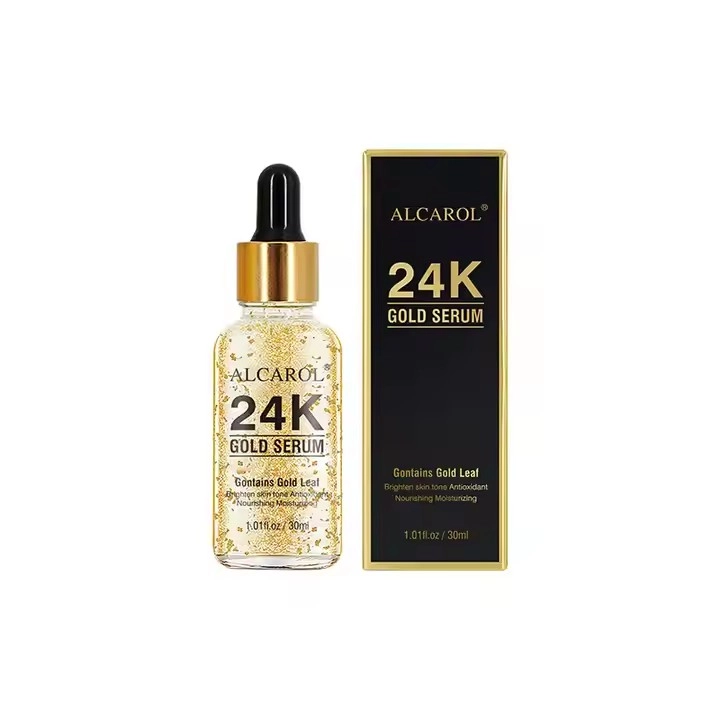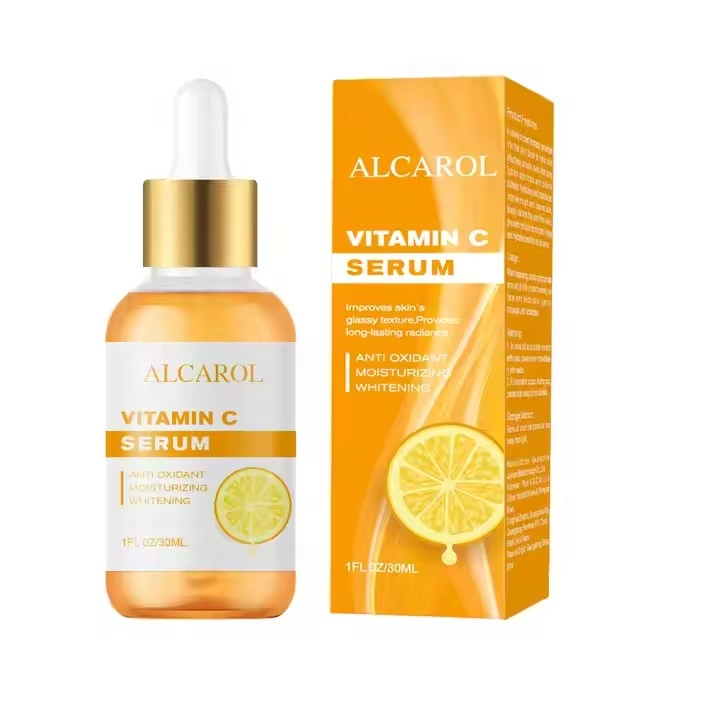Views: 220 Author: cosmeticsinhot Publish Time: 2025-11-04 Origin: Site








Content Menu
● Understanding Skincare Basics
● The Main Differences Between Serums and Creams
>> 4. Concentration of Active Ingredients
● How to Choose Between Serum and Cream
>> For Oily or Acne-Prone Skin
● Incorporating Serums and Creams into Your Routine
● Common Misconceptions About Serums and Creams
>> Myth 1: Serums Are Only for Aging Skin
>> Myth 2: You Don't Need Both
>> Myth 3: All Serums Are the Same
In the world of skincare, the variety of products available can be overwhelming. Among the most popular are serums and creams, both of which play crucial roles in a skincare routine. However, many people are unsure about the differences between these two types of products. This article will explore the distinctions between serums and creams, their ingredients, benefits, and how to incorporate them into your skincare regimen.

Before diving into the specifics of serums and creams, it's essential to understand the basic functions of skincare products. The primary goal of skincare is to maintain healthy skin, address specific concerns, and enhance overall appearance. Different products serve different purposes, and knowing how to use them effectively can lead to better results.
Serums are lightweight, fast-absorbing liquids that contain a high concentration of active ingredients. They are designed to penetrate deeply into the skin, delivering potent compounds that target specific skin concerns such as aging, pigmentation, and hydration. Due to their formulation, serums often have a thinner consistency compared to creams.
Serums are typically packed with active ingredients, which can include:
- Vitamins: Such as Vitamin C for brightening and Vitamin E for antioxidant protection.
- Peptides: To promote collagen production and improve skin elasticity.
- Hyaluronic Acid: For intense hydration and plumping of the skin.
- Antioxidants: To protect the skin from environmental damage.
Creams, on the other hand, are thicker and richer in texture. They are designed to provide moisture and create a barrier on the skin's surface, helping to lock in hydration. Creams are often used as the final step in a skincare routine to seal in the benefits of previous products.
Creams may contain a variety of ingredients, including:
- Emollients: Such as oils and butters that soften and smooth the skin.
- Humectants: Like glycerin and urea, which draw moisture into the skin.
- Occlusives: Ingredients like petrolatum and beeswax that form a protective layer on the skin.
Understanding the differences between serums and creams can help you choose the right products for your skincare needs. Here are the key distinctions:
Serums are typically lightweight and fluid, allowing for quick absorption. Creams are thicker and richer, providing a more substantial layer of moisture.
Serums are primarily focused on delivering active ingredients to address specific skin concerns. Creams are designed to hydrate and protect the skin, often serving as a moisturizer.
In a skincare routine, serums are usually applied after cleansing and toning but before moisturizing with a cream. This order allows the serum to penetrate the skin effectively.
Serums generally contain a higher concentration of active ingredients compared to creams. This makes them more effective for targeting specific issues, but they may not provide enough hydration on their own for those with dry skin.
Choosing between a serum and a cream depends on your skin type, concerns, and goals. Here are some tips to help you decide:
If you have oily or acne-prone skin, a lightweight serum may be more beneficial. Look for serums with ingredients like salicylic acid or niacinamide, which can help control oil production and reduce breakouts. You can follow up with a light moisturizer if needed.
If your skin is dry or showing signs of aging, a rich cream may be necessary to provide adequate hydration. Consider using a serum with hyaluronic acid or peptides underneath your cream to enhance moisture retention and improve skin texture.
Those with combination skin can benefit from using both products. Apply a serum to areas that need extra treatment, such as the T-zone, and use a cream on drier areas.
To maximize the benefits of both serums and creams, it's essential to incorporate them correctly into your skincare routine. Here's a step-by-step guide:
1. Cleanser: Start with a gentle cleanser to remove impurities.
2. Toner: Apply a toner to balance the skin's pH.
3. Serum: Use a serum that targets your specific concerns.
4. Moisturizer: Follow with a cream to lock in moisture.
5. Sunscreen: Finish with a broad-spectrum sunscreen to protect your skin from UV damage.
1. Cleanser: Remove makeup and cleanse the skin.
2. Toner: Apply toner to prepare the skin for treatment.
3. Serum: Use a serum with active ingredients that work overnight.
4. Cream: Apply a nourishing cream to hydrate and repair the skin while you sleep.
Despite their popularity, there are several misconceptions about serums and creams that can lead to confusion. Here are a few common myths:
While serums are often marketed for anti-aging, they can benefit all skin types and concerns. There are serums designed for hydration, brightening, and acne treatment, making them versatile for various needs.
Many people believe they only need one or the other, but using both can provide comprehensive skincare benefits. Serums can target specific issues, while creams provide essential hydration.
Not all serums are created equal. Different serums contain different active ingredients tailored to specific skin concerns. It's essential to choose a serum that aligns with your skin's needs.
Understanding the differences between serums and creams is crucial for developing an effective skincare routine. By recognizing their unique properties and benefits, you can make informed choices that cater to your skin's specific needs. Whether you opt for a serum, a cream, or both, the key is to find products that work harmoniously together to achieve healthy, radiant skin.

1. Can I use a serum and cream together?
Yes, using both can enhance your skincare routine. Apply the serum first, followed by the cream to lock in moisture.
2. How often should I use a serum?
Most serums can be used daily, both in the morning and evening, depending on the specific product and your skin type.
3. Are serums suitable for all skin types?
Yes, there are serums formulated for various skin types, including oily, dry, and sensitive skin.
4. What is the best way to apply serum?
Apply serum to clean, toned skin using gentle tapping motions to help it absorb better.
5. Can I skip moisturizer if I use a serum?
It depends on your skin type. If you have oily skin, you might find a serum sufficient, but dry skin typically requires a moisturizer for hydration.
Hot Tags: China, Global, OEM, private label, manufacturers, factory, suppliers, manufacturing company